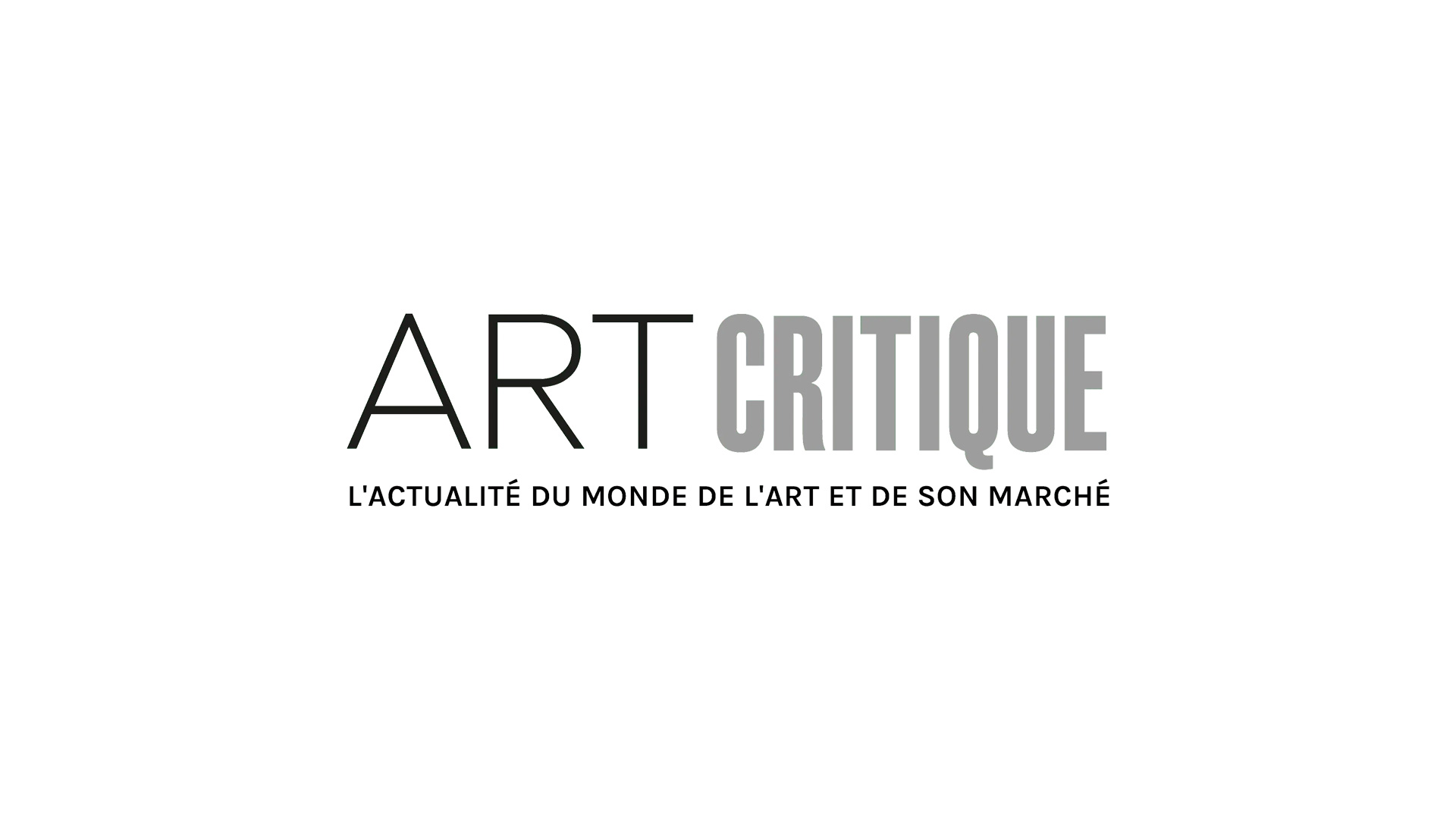Weather and the arts have always had an interesting relationship. John Constable’s cloud studies verge on the obsessive, capturing the ever-changing sky. John Ruskin, the famous English art critic, once said ‘sunshine is delicious, rain is refreshing, wind braces us up, snow is exhilarating; there is really no such thing as bad weather, only different kinds of good weather.’ A new large-scale installation in Chicago is bringing the weather and art even closer though. In fact, it’s dependent upon the weather.
Sensing Change (2019) is a data-driven light trellis that responds to the local weather. Created by ESI Design, the grid of LED lights constantly create a new visual based on the sun, rain, temperature, and other natural occurrences. The goal behind the installation, which takes up the entire side of a building in downtown Chicago at 151 North Franklin Street, was to create a better connection between nature and those who experience Sensing Change. At 95-foot-long, the public artwork is impossible to miss at night or during the day.
To create a weather-sensitive artwork, ESI Designs developed an algorithm to transform the temperamental and ever-changing weather of Chicago into a two-dimensional, dynamic experience. The end result is a calming artwork that provokes reflection and relaxation right in the middle of the hustle and bustle of the city. Oh, and Sensing Change, wouldn’t be complete without reflecting of the of the city’s most notorious weather features: the wind. In addition to the elements, wind in the area acts as a ‘disruptive layer superimposed over base states.’ So, you really can’t miss the Windy City’s nickname sake.
ESI Design’s work isn’t the only artwork directly responding to the weather, either, although it may be the most up-to-date on local weather. Nathalie Miebach is another artist working with weather through a series that started in 2004. Responding to early calls to look at and consider climate change, Miebach was grappling with a better way to understand the multitudes of information thrown at the world. So, she took to weaving baskets to essentially exemplify the grim issues with the climate and transform them into something tangible. In a 2011 TED talk, she explained that she chose weaving because of the similarities should found between it and the graphs so much of the data she looked at used. Since her series on weather began, she has moved on to tackled natural disasters, like hurricanes, and create scores that are centred around weather.
Exhibitions highlighting the issues the world faces when it comes to our environment are another way in which art and weather have been linked. From this year’s Venice Biennale, where climate change has been a poignant topic of inspiration to private galleries focusing on rising temperatures and public museums featuring exhibitions on works and artists dealing with climate change.
While Sensing Change presents a reaction to the weather as opposed to painting a bleak forecast for the future, it puts the weather, something easily ignored unless you’re caught in storm with no umbrella, at the forefront of our mind.





